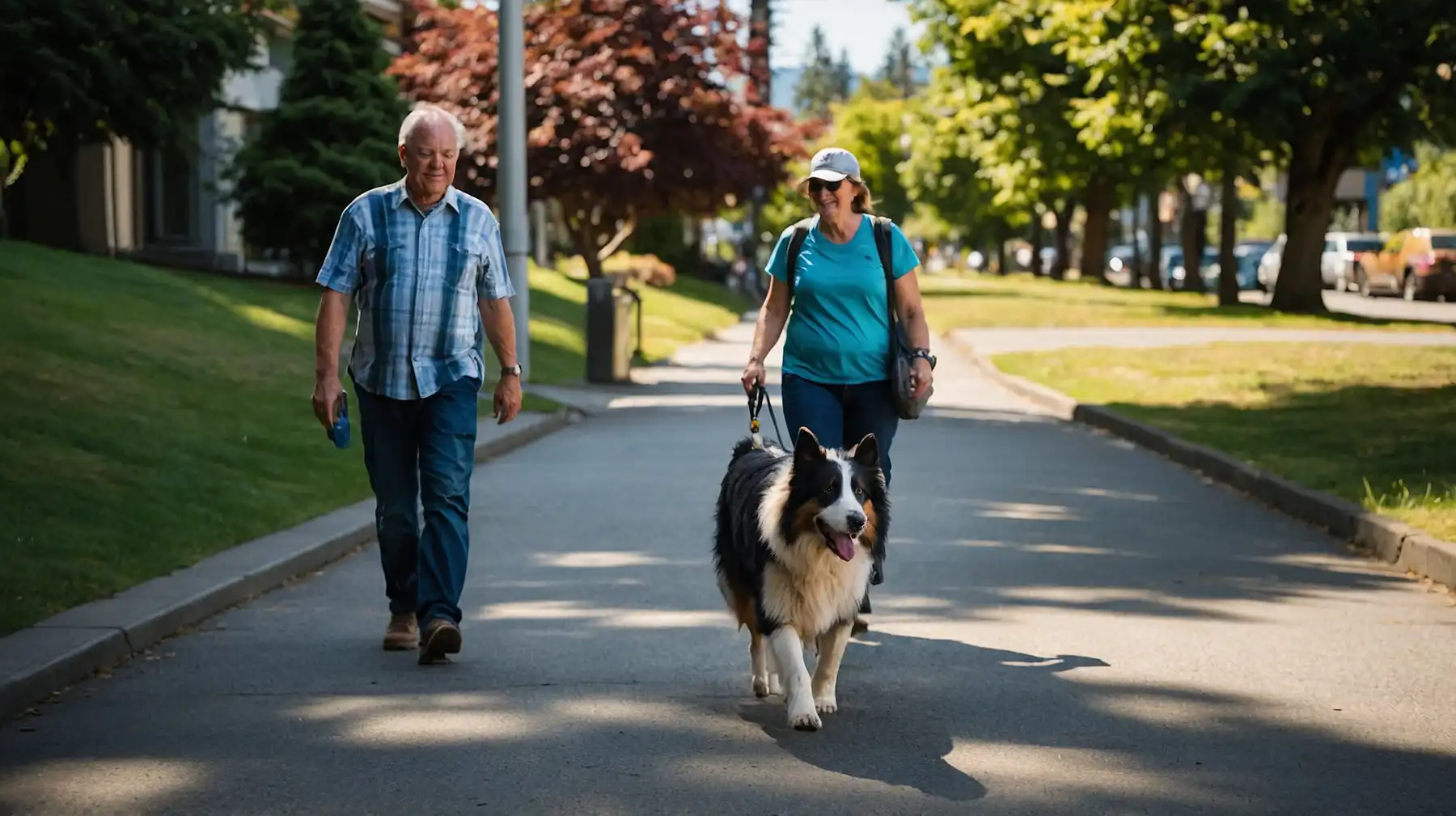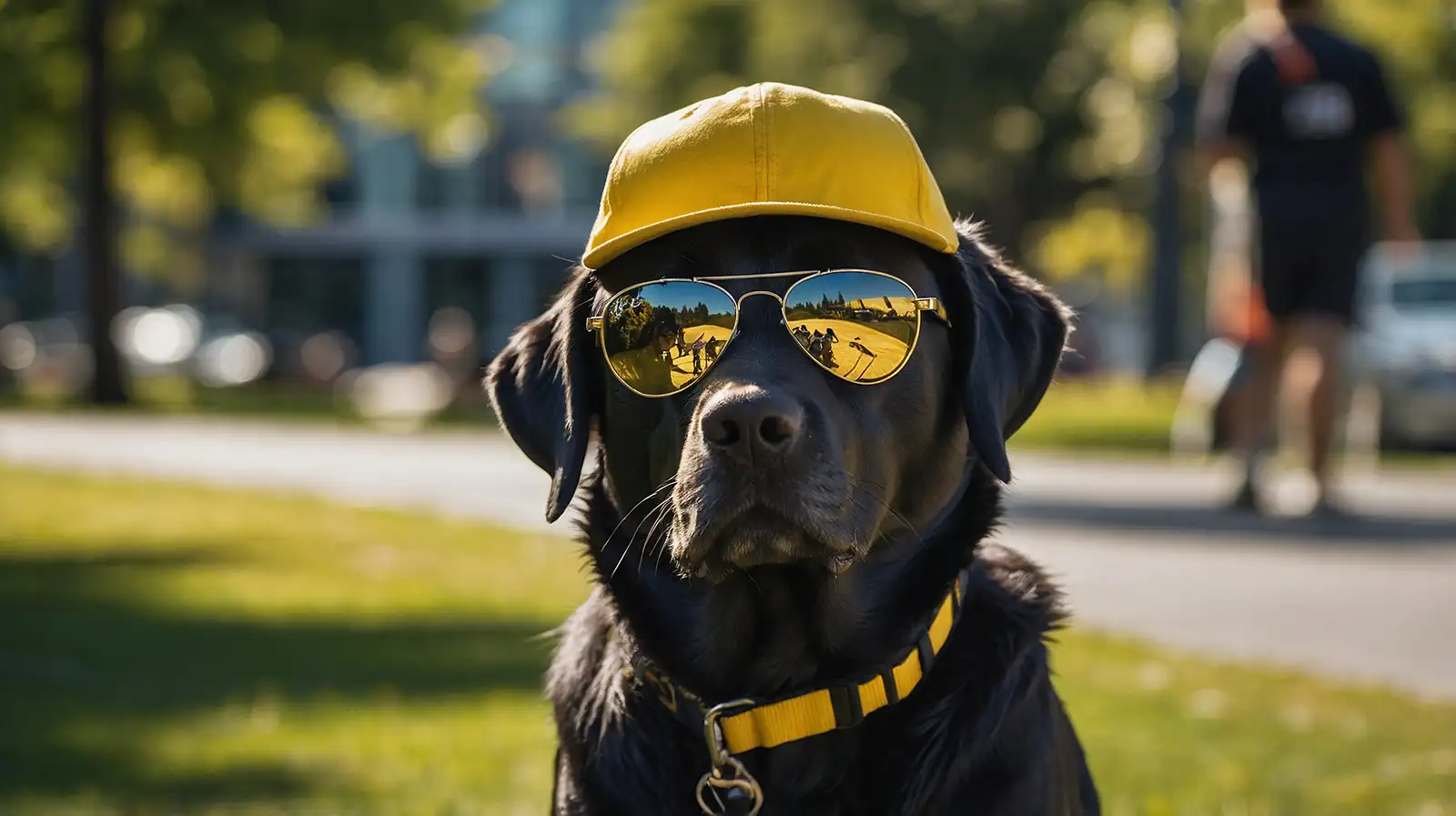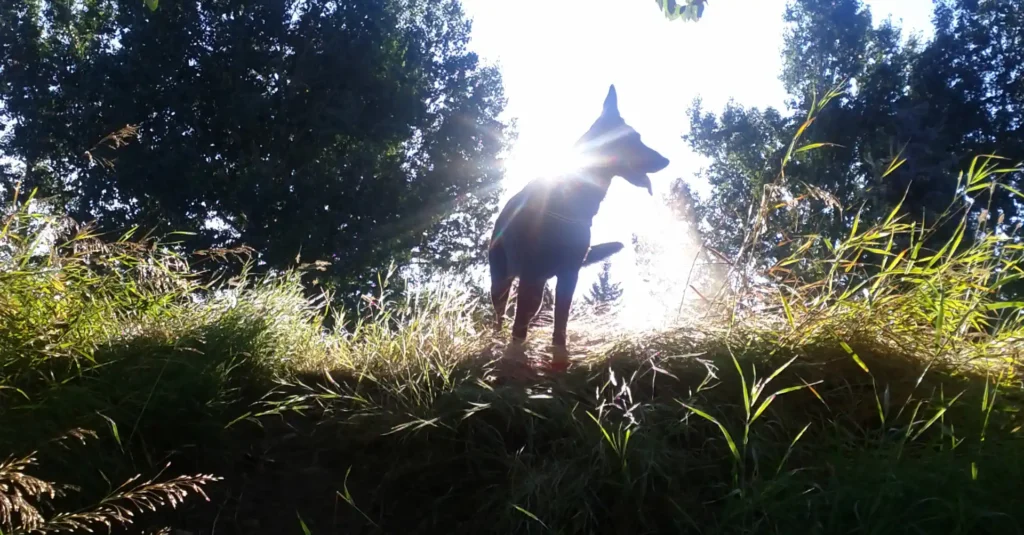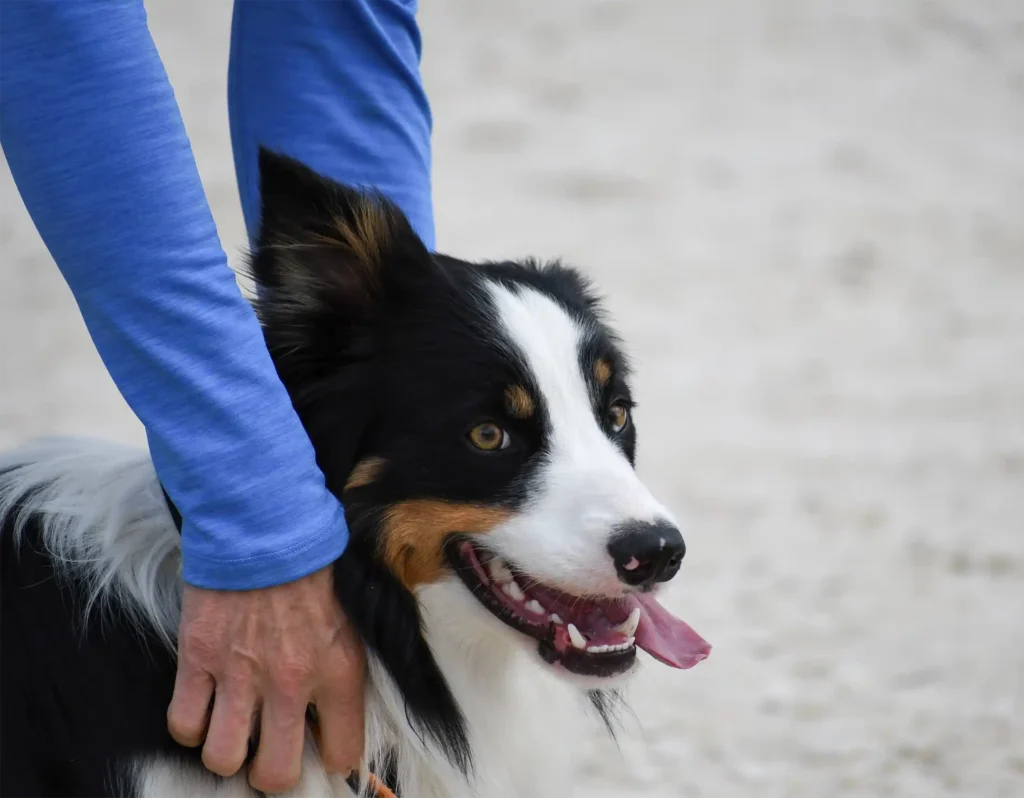Sunny Days Are Perfect for Play — But Protect Your Pup from Sunburn
Summer in Vancouver brings endless opportunities to enjoy the outdoors with your dog—from leisurely walks along the seawall to lively romps in the local parks. But as much as we love basking in the sun, it’s important to remember that dogs can get sunburned just like people. Many pet owners don’t realize the risks, assuming that a furry coat offers enough protection. At Zen Dog Canine Training, serving Vancouver and surrounding areas, we want you to know that sunburn in dogs is a real and sometimes serious concern.
Veterinarians from across North America warn that sunburns in dogs tend to increase during the hot months. As one vet explained, “We often think dogs are safe because of their fur, but the truth is, many dogs suffer sun damage, especially those with short or thin coats.” Understanding how to recognize sunburn, treat it promptly, and prevent it altogether is essential to keeping your pup happy and healthy all summer long.
How to Spot Sunburn in Your Dog
While your dog’s fur does provide a natural barrier against UV damage, it’s not foolproof. Breeds with thinner or lighter coats—like pit bulls, Dalmatians, boxers, and pugs—are particularly vulnerable. Hairless breeds such as the Chinese crested or American hairless terrier are at even higher risk. Vets often see sunburn in dogs that have been recently shaved, whether for grooming or medical reasons. As one vet likened it, “It’s like when a person gets a haircut and suddenly the exposed skin gets burned because it’s unprotected.”
Certain body parts are more prone to sunburn, including the bridge of the nose, belly, groin, lips, and especially the tips of the ears. The ears are thin-skinned with less blood flow and hair coverage, making them a common sunburn hotspot. If your dog loves to sunbathe upside down on a sunny Vancouver patio or beach, watch those bellies!
Sunburn symptoms in dogs closely mirror those in humans: redness, warmth, tenderness, and pain. Mild burns may cause pink skin that eventually flakes or becomes itchy, leading your pup to scratch or chew the area. More severe burns can turn darker red or purple, blister, or ooze pus. According to veterinarians, if your dog is lethargic, running a fever, or yelping when touched, urgent veterinary care is needed.
What to Do If Your Dog Gets Sunburned
For mild sunburn, you can often provide relief at home. Applying a cool, damp cloth soothes irritated skin, and a thin layer of pure aloe (free of additives) can help calm inflammation. Veterinarians stress the importance of using pet-safe products—never apply human lotions that may contain harmful chemicals.
In more serious cases, vets may prescribe pain medication, thoroughly clean and disinfect wounds, and apply topical ointments to reduce inflammation. Some dogs require intravenous fluids to combat dehydration, a common complication of severe burns. Recovery usually takes one to two weeks, but your pup might need to wear protective clothing or an Elizabethan collar (the dreaded “cone of shame”) to prevent licking and further irritation.
Preventing Sunburn: Your Best Defense
Sunburn isn’t just painful—it can increase the risk of skin cancer, including melanoma. One vet noted that nearly half of the melanoma cases they treat are linked to chronic sun damage. Every bit of UV exposure causes cellular damage, even if it doesn’t result in an obvious burn. Early detection is crucial, so keep an eye out for unusual lumps, slow-healing sores, or changes in moles, especially on exposed skin areas.
Here are tried-and-true tips for protecting your dog during Vancouver’s sunny days:
- Limit Peak Sun Exposure: Avoid walks or outdoor play during the strongest sun hours, typically 10 a.m. to 3 p.m. Instead, opt for shaded spots like Pacific Spirit Regional Park or early morning strolls when the sun is gentler.
- Use Canine Sunscreen: Canine sunscreen is highly effective and widely used by vets and experienced dog owners alike. Unlike human sunscreen, pet-safe formulas avoid toxic ingredients like zinc oxide or salicylates. Apply sunscreen generously to high-risk areas—nose bridge, ears, belly, groin, and lips—around 20 minutes before heading outside. To ensure your dog doesn’t lick it off, distract them with a quick game or treat.
- Dress Your Dog for Sun Protection: Some dogs tolerate protective clothing well, and it can be a great supplement to sunscreen. Personally, I use the RuffWear Swamp Cooler for my dogs when we’re out in the sun around Vancouver. It offers cooling benefits and some UV protection, though heads and faces still need sunscreen. Work with your groomer to avoid ultra-short haircuts that expose skin, especially on the face and ears.
Sun damage can occur rapidly—sometimes within just 30 minutes of unprotected exposure. Be proactive in protecting your pup to avoid painful burns and long-term health issues.

Why Sun Safety Matters to Us at Zen Dog Canine Training
At Zen Dog, we’re committed to the total well-being of Vancouver’s dogs and their families. Sun safety is just one facet of responsible pet care. Whether you’re raising a playful puppy or managing an adult dog, our training programs focus on building confidence, social skills, and a strong human-animal bond. Protecting your dog from sunburn ensures they stay healthy and happy, able to enjoy every adventure you share.
If you want personalized guidance on dog safety, training, or managing specific needs, reach out to us. Together, we can make this summer—and every season—a joyful, safe experience for your best friend.



